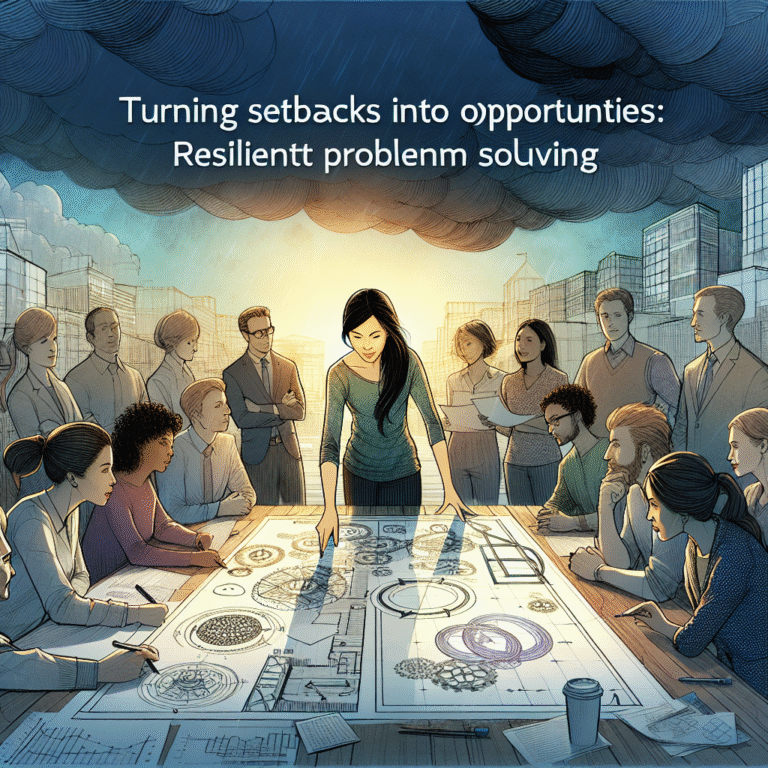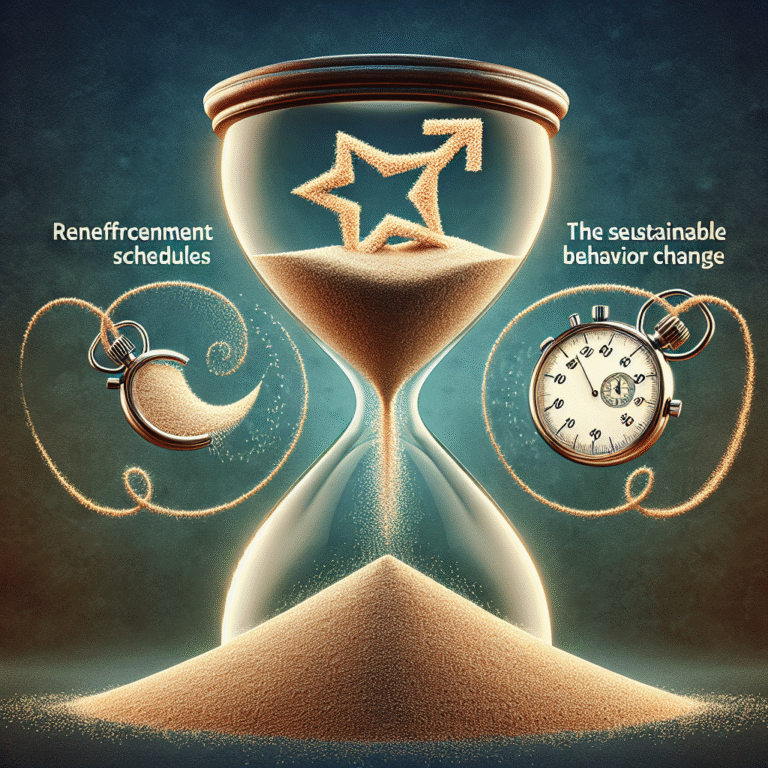
Introduction
In an age where distractions lurk at every corner—from incessant notifications to endless binge-worthy content—mastering the art of focus is no longer just a beneficial skill; it has become an essential necessity. Imagine carving out a space in your day where concentration reigns supreme, allowing you to accomplish tasks efficiently and effectively. This article delves deep into Mastering the Art of Focus: Tips for Overcoming Divided Attention, offering unique insights and strategies to reclaim your attention and elevate your productivity.
Understanding Divided Attention
What is Divided Attention?
Divided attention occurs when we attempt to focus on multiple tasks simultaneously. While our brains are highly adaptive, research shows that multitasking can lead to decreased efficiency and increased mistakes. The phenomenon can often lead to feelings of overwhelm, as we find ourselves juggling emails, social media notifications, and numerous tasks all at once.
The Science Behind Focus
Studies have shown that our brains are not wired for multitasking. According to a study from Stanford University, people who regularly engage in multiple forms of media show a significant deficit in their cognitive abilities compared to those who focus on single tasks. This distinction is crucial to Mastering the Art of Focus: Tips for Overcoming Divided Attention.
Case Study: The Stanford Multitasking Study
In a groundbreaking study, Stanford researchers found that heavy multitaskers performed worse on attention and memory tasks than those who focused on single tasks. They also exhibited higher susceptibility to distractions. This research underscores the importance of focused attention in our daily lives, making a compelling case for mastering the art of focus.
The Cost of Divided Attention
Decreased Productivity
When attention is split, the cumulative time spent switching between tasks can lead to a significant loss in overall productivity. According to a study by the American Psychological Association, it can take up to 25 minutes to regain focus after an interruption. The takeaway here is simple: the more we can eliminate distractions, the more productive we can be.
Table: Cost of Multitasking
| Task Type | Time to Recover Focus (Minutes) |
|---|---|
| Email Checking | 25 |
| Social Media | 23 |
| Meetings | 30 |
| Phone Calls | 15 |
Quality of Work
Another detrimental effect of divided attention is the decline in the quality of work produced. A report from the Harvard Business Review reiterates that multitaskers often produce lower-quality outputs, as divided focus leads to errors and missed details.
Strategies for Mastering Focus
1. Create a Focused Environment
Your environment plays a critical role in your ability to focus. Designate a space free from distractions. This may mean silencing notifications, decluttering your workspace, or using noise-canceling headphones.
2. Employ Time Management Techniques
The Pomodoro Technique
The Pomodoro Technique involves breaking your work into intervals, traditionally 25 minutes in length, followed by short breaks. This approach can dramatically boost productivity and consistency. Creating a rhythm of focus and rest enables better concentration and drives results.
3. Prioritize Your Tasks
Use a prioritization system, such as the Eisenhower Matrix, to categorize your tasks based on urgency and importance. This method clarifies what needs immediate attention and what can wait.
Case Study: A Corporate Shift to Focused Work
A tech company implemented a weekly “Focus Day,” where employees were encouraged to tackle tasks without interruptions. The result? A 40% increase in project completion and employee satisfaction. The success of this approach highlights the necessity of carving dedicated focus time into our schedules.
4. Limit Digital Distractions
Digital devices can be relentless sources of distraction. Consider using applications like Forest or Focus@Will, which are designed to keep you off your phone and help you maintain concentration.
5. Mindfulness and Meditation
Integrating mindfulness practices into your routine can dramatically enhance your focus. Regular meditation helps train your brain to concentrate better, promoting a clearer mind for tackling tasks.
Chart: Mindfulness Impact on Focus
| Mindfulness Practice | Focus Improvement (%) |
|---|---|
| 5 minutes daily | 10% |
| 15 minutes daily | 20% |
| 30 minutes daily | 35% |
6. Set Clear Goals
Clear, achievable goals help define focus areas. Use the SMART criteria—Specific, Measurable, Achievable, Relevant, Time-bound—to shape your objectives.
7. Accountability Partners
Share your goals with a colleague or friend. Engaging in mutual accountability can keep you motivated and focused on completing your tasks.
Visualizing Your Progress
Utilizing Checklists and Progress Trackers
Maintaining a checklist provides visual cues to motivate you toward completion. Seeing items cross off can evoke a sense of achievement and encourage continued focus.
Conclusion
Mastering the art of focus is essential in navigating today’s chaotic world. By implementing effective strategies to combat divided attention, such as creating focused environments, employing time management techniques, and harnessing mindfulness practices, you can significantly enhance your productivity and well-being. Remember that focus is a skill like any other—it requires practice and consistency.
As you embark on this journey toward Mastering the Art of Focus: Tips for Overcoming Divided Attention, keep in mind that small, incremental changes can lead to significant improvements over time. Start with one strategy, refine it, and gradually introduce others as you cultivate an environment conducive to undisturbed focus.
FAQs
1. How can I reduce distractions at work?
Consider using noise-canceling headphones, setting boundaries for social media use, and decluttering your workspace to minimize distractions.
2. What are some effective time management techniques?
Popular methods include the Pomodoro Technique, time blocking, and the Eisenhower Matrix, all designed to help prioritize tasks and reduce distractions.
3. Can mindfulness really improve focus?
Yes, research indicates that mindfulness practices can enhance focus and attention by training the brain to manage thoughts and distractions more effectively.
4. How do I stay motivated while trying to focus?
Setting clear goals, using accountability partners, and visualizing your progress with checklists can keep you motivated and engaged.
5. Is it possible to rewire my brain for better focus?
Absolutely! With consistent practice of focus-enhancing strategies, such as mindfulness and reduced multitasking, you can train your brain to improve its capacity for attention.
By embracing the journey of Mastering the Art of Focus: Tips for Overcoming Divided Attention, you can transcend the chaos of modern distractions and reclaim the profound power of concentrated effort. Start today, and watch as your productivity and fulfillment soar to impressive new heights!














